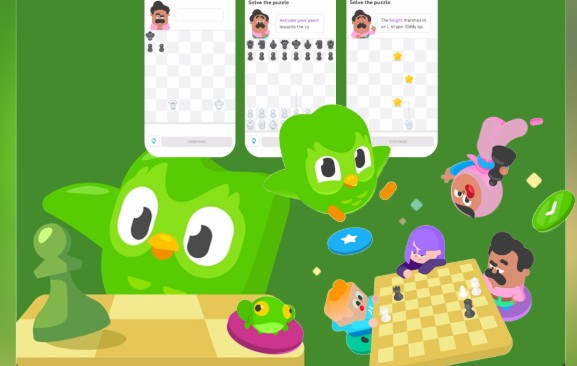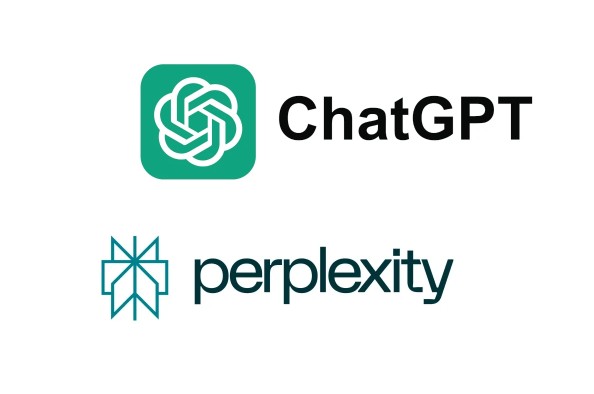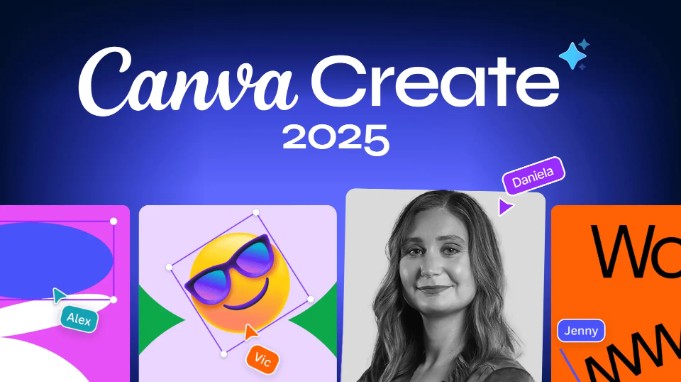Best Selling Products
Chess – The Next Piece in Duolingo's “De-Languageization” Ambition
Nội dung
- 1. When learning is no longer limited by language
- 1.1. From “language learning app” to multidisciplinary educational platform
- 1.2. Towards a comprehensive educational ecosystem
- 2. Why chess?
- 2.1. A "difficult" subject but full of mass potential
- 2.2. Duolingo and its strategy to hit the “unserved gap”
- 2.3. Chess – a strategic piece in the journey of “super educational application”
- 3. AI Technology – The Key to Accelerating Development Speed
- 3.1. “Unprecedented” growth rate thanks to the power of artificial intelligence
- 3.2. Optimize development process with comprehensive support from AI
- 4. A Long Walk: From Chess.com's "Duo Bot" to the Official Course
When it comes to Duolingo, most users will immediately think of a free, fun, and easy-to-use foreign language learning application, with a lovely green owl icon.

From a fun language learning app with a cute blue owl icon, Duolingo has gradually expanded the educational frontier to offer math, music and most recently chess courses . This bold move not only surprised the user community, but also showed Duolingo's larger ambition: to become a new generation learning super app, where everyone can access knowledge in the simplest, most enjoyable and most easily absorbed way.
So what makes Duolingo’s chess course so special? How did an app that was once associated with learning foreign languages expand into a tactical field like chess? And is this just a short-term marketing ploy or a long-term strategy? Let’s explore the details in this article with SaDesign .
1. When learning is no longer limited by language
1.1. From “language learning app” to multidisciplinary educational platform
When most people think of Duolingo, they immediately think of a free, fun, and easy-to-use language learning app, with a cute blue owl icon. And that’s true: since its launch in 2011, Duolingo has revolutionized the online language learning industry, bringing hundreds of millions of people around the world closer to English, Spanish, French, Japanese, and many other languages without paying a single penny.
But what Duolingo has been doing over the past few years shows that it wants to go beyond just teaching languages. The introduction of math, music, and most recently chess courses marks a clear strategic shift, a process that Duolingo calls “de-linguisticizing” its learning platform.
.png)
In other words, Duolingo is gradually moving beyond the definition of a language learning app to become a super app for learning, where users can learn many essential life skills, not just limited to vocabulary or grammar.
1.2. Towards a comprehensive educational ecosystem
This “transformation” is not only reflected in the expanded number of subjects, but also lies in the core educational philosophy that Duolingo is building: learning should not be a dry obligation, but an interesting experience that can be maintained every day as a positive habit. This is the reason why Duolingo is so successful with gamification by turning lessons into a series of small tasks, with characters, rewards, rankings, levels, ... similar to video games.
This combination of education and entertainment has helped Duolingo not only retain users longer but also expand its reach – from students to working people, from children just starting to learn to read to older people wanting to train their brains.
What’s more, Duolingo’s learning model is suitable for all levels, as lessons are designed according to each progressive level, are highly interactive, and have smart repetition to help learners memorize effectively without being overwhelmed. This flexibility makes Duolingo an open learning environment where each individual can find a subject that suits their interests, needs, and pace.
2. Why chess?
.png)
2.1. A "difficult" subject but full of mass potential
Chess has long been considered a pinnacle of intellectual sport, where logical thinking, situational analysis, and long-term strategy building are comprehensively trained. In the eyes of many, it is not just a game but an iconic “intellectual sport”, taught in specialized schools, competed internationally, and often associated with the image of genius players.
Because of this, chess is often labeled as difficult to approach. Beginners often feel overwhelmed by the rules of movement, technical terminology, and complex positions. For many, learning to play chess is not easy, even if they love the game.
It is worth mentioning that in the current market, most chess learning or playing platforms are aimed at users who already have a certain basic knowledge from intermediate to advanced level. Applications such as Chess.com, Lichess.org, or many other online courses focus on in-depth tactics, game analysis, and skill training at the player level. Meanwhile, the group of beginners who make up a large proportion of those interested do not have many friendly tools to learn from the beginning.
2.2. Duolingo and its strategy to hit the “unserved gap”
Duolingo, with its experience in lowering the barrier to learning through gamification and user-friendly experience design, quickly recognized this as a huge potential market gap. They did not aim to directly compete with platforms that had professionalized the chess learning experience, but instead focused on making chess as easy, fun, and understandable as possible for first-time learners.
This approach is very similar to what Duolingo has done with languages: not teaching with heavy curriculum or academic theory, but choosing to break down knowledge, combining short quizzes, animated characters, and specific situations for learners to slowly absorb in a few minutes a day.
.jpg)
Duolingo's chess course requires no prior knowledge. It all starts with simple lessons like:
“The knight moves in an L-shape”
“Move the chariot to control the horizontal line”
“Checkmate with the king stuck in the corner”
Through practice puzzles, simulation games and short games of increasing difficulty, learners gradually understand the nature of each piece and each tactic, and from there build analytical skills and strategic reflexes.
2.3. Chess – a strategic piece in the journey of “super educational application”
Choosing chess as the next subject is not just an experiment, but a strategic step in Duolingo's expansion roadmap. They are gradually proving that any skill, whether it is logical thinking, musical skills or tactical analysis, can be learned if the right approach is taken, made fun and simplified enough.
Chess is not only a mind sport, but also a tool to practice critical thinking, patience, problem solving and planning, skills that are highly valued in all fields of study and career.
With a strong technology platform, engaging lesson design, and a spirit of continuous innovation, Duolingo is gradually taking chess out of the “academic game” frame, to become a popular skill that is easy to learn, accessible, and has long-term value.
3. AI Technology – The Key to Accelerating Development Speed
3.1. “Unprecedented” growth rate thanks to the power of artificial intelligence
Duolingo is known for its rapid pace of innovation, but this chess course is a truly special milestone. According to the development team, this is the fastest project in the company's history. In less than 8 months, from the idea being proposed in late August 2024, to the engineering team starting programming in November 2024, and by April 22, 2025, the course was officially released in beta on iOS in English.
.png)
With an app that has hundreds of millions of users, quality standards are always a top priority. So how can Duolingo shorten the development process while still ensuring stability, efficiency, and engaging content?
The answer lies in applying artificial intelligence (AI) technology not just as a supporting tool but as a central driving force in the entire design and implementation process.
3.2. Optimize development process with comprehensive support from AI
Artificial intelligence has been widely used by Duolingo in many stages: from building lesson content, designing user interfaces, to analyzing user feedback and learning behavior.
Specifically:
During the content development phase, AI supports the creation of a wide range of questions, scenarios, and exercises in a variety of formats, from interactive quizzes to contextual reflection exercises.
During the testing phase , AI helps simulate learner behavior to test the reasonableness and difficulty level of each lesson, thereby shortening the time for adjustment and completion.
In terms of interface , AI helps determine the optimal learning experience flow, helping users not to be "overloaded" or lose interest in the learning process.
The result is a course that is in-depth, logical, yet light and friendly, true to the Duolingo spirit.
4. A Long Walk: From Chess.com's "Duo Bot" to the Official Course
In fact, Duolingo has already made a “test” move with the chess community. In November 2023, the app teamed up with Chess.com, bringing animated characters like Duo, Lily, or Zari to the platform as multilingual chess bots, helping users learn English, Spanish, Japanese, etc. while playing.
.png)
This was seen as a smart strategy, creating an experience that combines learning and playing, while testing users’ reactions to the idea of “intelligence + entertainment”. And when seeing positive interest from the community, Duolingo decided to take a step further and officially launch a standalone chess course right on the main application.
Duolingo is moving beyond its language learning app roots to become the world’s most accessible and universal learning platform. The launch of its chess course is not just a new product, but a strategic pivot that demonstrates its long-term vision, innovative thinking, and commitment to improving the learning experience for hundreds of millions of people.
As education continues to shift to digital, Duolingo is a living example of how technology, when designed correctly, can make learning more fun, effective, and ubiquitous than ever before.












































